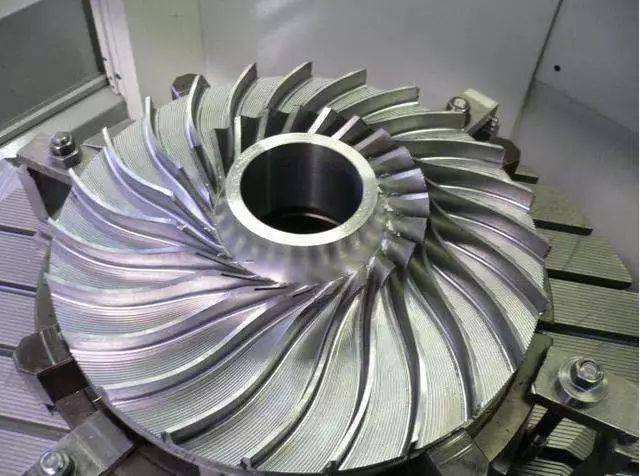- English
- French
- German
- Portuguese
- Spanish
- Russian
- Japanese
- Korean
- Arabic
- Greek
- German
- Turkish
- Italian
- Danish
- Romanian
- Indonesian
- Czech
- Afrikaans
- Swedish
- Polish
- Basque
- Catalan
- Esperanto
- Hindi
- Lao
- Albanian
- Amharic
- Armenian
- Azerbaijani
- Belarusian
- Bengali
- Bosnian
- Bulgarian
- Cebuano
- Chichewa
- Corsican
- Croatian
- Dutch
- Estonian
- Filipino
- Finnish
- Frisian
- Galician
- Georgian
- Gujarati
- Haitian
- Hausa
- Hawaiian
- Hebrew
- Hmong
- Hungarian
- Icelandic
- Igbo
- Javanese
- Kannada
- Kazakh
- Khmer
- Kurdish
- Kyrgyz
- Latin
- Latvian
- Lithuanian
- Luxembou..
- Macedonian
- Malagasy
- Malay
- Malayalam
- Maltese
- Maori
- Marathi
- Mongolian
- Burmese
- Nepali
- Norwegian
- Pashto
- Persian
- Punjabi
- Serbian
- Sesotho
- Sinhala
- Slovak
- Slovenian
- Somali
- Samoan
- Scots Gaelic
- Shona
- Sindhi
- Sundanese
- Swahili
- Tajik
- Tamil
- Telugu
- Thai
- Ukrainian
- Urdu
- Uzbek
- Vietnamese
- Welsh
- Xhosa
- Yiddish
- Yoruba
- Zulu
What Is An Refractory Metal?
2024-01-05 18:05:21
What Is An Refractory Metal?
Aug 10, 2020
A metal having a high melting point. Generally refers to a metal whose melting point is higher than 1600℃. Including tungsten (W, 3410±20 ° C), tantalum (Ta, 2980±20 ° C), molybdenum (Mo, 2615±10 ° C), Niobium (Nb, 2467±10 ° C), hafnium (Hf, 2227±20 ° C), vanadium (V, 1902±10 ° C), chromium (Cr, 1890±10 ° C), zirconium (Zr, 1852±10 ° C), titanium (1667±10 ° C), etc. Some metals whose melting point is higher than zirconium melting point (1852℃) are called refractory.

Generally refers to the melting point higher than BAI1650 ℃ and there is a certain amount of metal (tungsten DU, ta, Mo, niobium, hafnium, chromium, vanadium zhi, zirconium and titanium), there will also be high DAO in zirconium melting point (1852℃) is called refractory metal. Alloys formed by adding other elements to these metals are called refractory metal alloys. Tungsten, molybdenum, tantalum and niobium are the main refractory metals used in the manufacture of structural materials resistant to temperatures above 1093 ° C (2000°F). Among the refractory metal alloys, molybdenum alloys are the earliest alloys used as structural materials. Mo-0.5Ti-0.1 ZR-0.02 C alloys have good high-temperature strength and low-temperature plasticity and are widely used in industry. Niobium alloy appeared later than molybdenum alloy, but it developed rapidly, and there are more than 30 kinds of brands. Medium strength alloy and low strength and high plasticity niobium alloy are used in aerospace industry.
YOU MAY LIKE